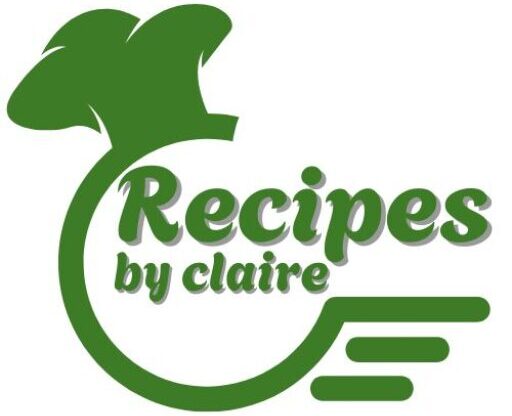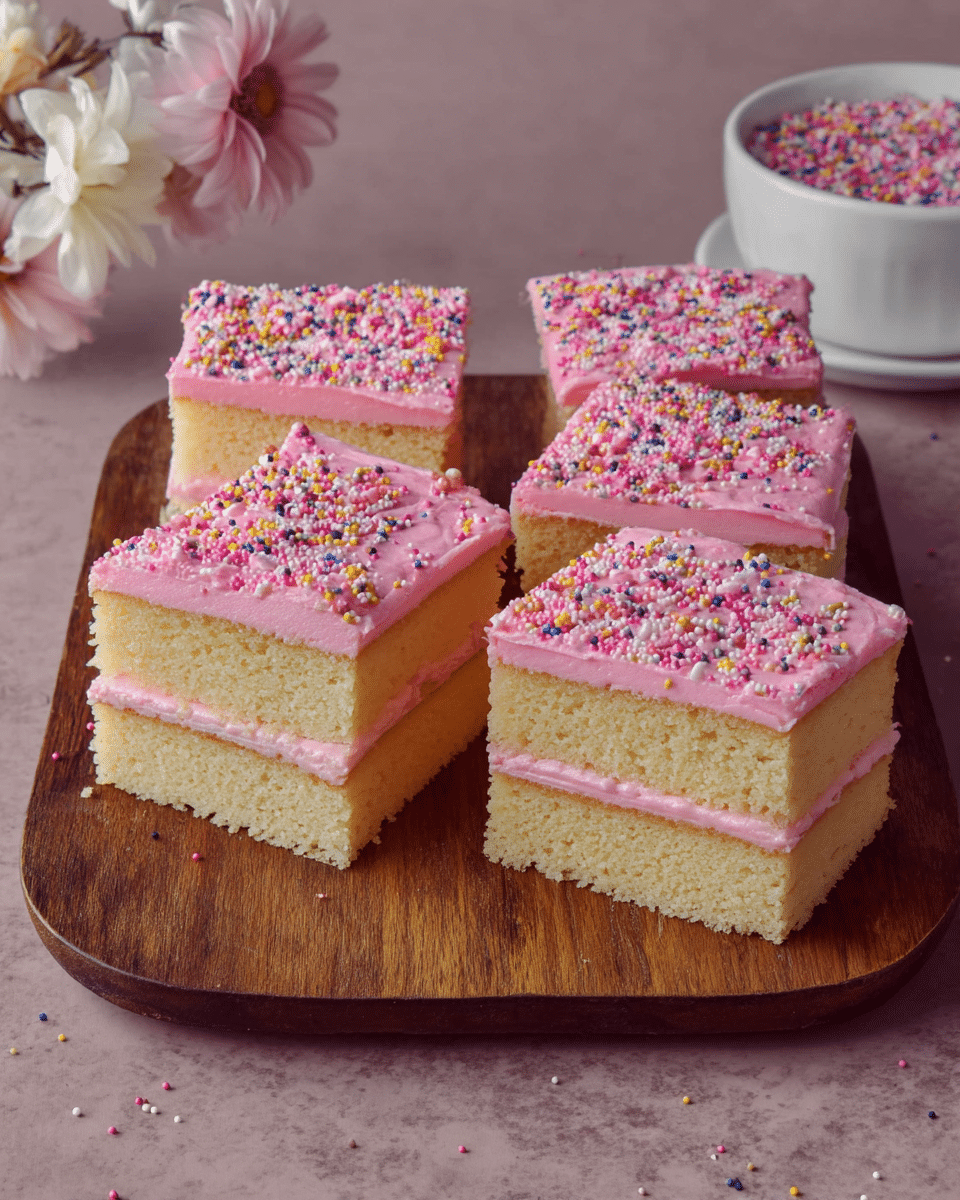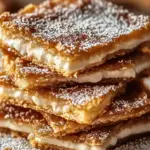Cortadillo, often referred to as the “Mexican Pink Cake,” is a beloved sheet cake from Northern Mexico that evokes warm childhood memories and festive celebrations. Traditionally served in local panaderías (bakeries), this cake is known for its soft, spongy texture and vibrant pink frosting sprinkled with colorful candy confetti. Whether enjoyed as a birthday treat, party dessert, or Sunday family indulgence, Cortadillo holds a cherished place in Mexican culinary culture. What sets this cake apart is its charming simplicity and the unmistakable pink hue that adds an element of joy to any table. The buttery base is moist and light, providing a perfect contrast to the smooth, sweet frosting. With a nostalgic feel and easy preparation, it’s no wonder this cake has been passed down through generations. It’s the kind of dessert that immediately transports you to moments of laughter, family gatherings, and celebrations filled with love and tradition.
Full Recipe:
Ingredients:
-
2 cups all-purpose flour
-
2 tsp baking powder
-
1/4 tsp salt
-
4 large eggs
-
1 cup granulated sugar
-
1/2 cup whole milk
-
1/2 cup unsalted butter, melted
-
1 tbsp vanilla extract
-
1/4 tsp red food coloring
For the Frosting:
-
1/2 cup unsalted butter, softened
-
3 cups powdered sugar
-
3 tbsp milk
-
1/2 tsp vanilla extract
-
Red food coloring (a few drops)
-
Sprinkles for topping
Directions:
-
Preheat the oven to 350°F (175°C). Grease and flour a 9×13-inch baking dish.
-
In a bowl, whisk together flour, baking powder, and salt. Set aside.
-
In a large mixing bowl, beat the eggs and sugar until light and fluffy.
-
Gradually mix in the milk, melted butter, and vanilla extract.
-
Add a few drops of red food coloring to achieve a light pink hue.
-
Gradually incorporate the dry ingredients into the wet mixture.
-
Pour the batter into the prepared pan and bake for 25–30 minutes or until a toothpick comes out clean.
-
Let the cake cool completely before frosting.
-
For the frosting, beat butter until creamy. Gradually add powdered sugar, milk, and vanilla. Tint with red food coloring to achieve a soft pink color.
-
Spread frosting evenly over the cake and decorate with colorful sprinkles.
Prep Time: 20 minutes | Cooking Time: 30 minutes | Total Time: 50 minutes
Kcal: 320 kcal per slice | Servings: 12 slices
The Timeless Charm of Cortadillo: Mexican Pink Cake
Few desserts have stood the test of time quite like Cortadillo, also lovingly known as the Mexican Pink Cake. This nostalgic and colorful sheet cake is a hallmark of Mexican bakeries and family celebrations, especially across Northern Mexico. With its bright pink frosting and festive sprinkles, Cortadillo is more than just a cake it’s a culinary symbol of joy, tradition, and community.
Whether it’s served at birthdays, baptisms, or Sunday dinners, this cake brings back memories for many who grew up near Mexican panaderías (bakeries), where a slice of Cortadillo was often the highlight of the visit. If you’re unfamiliar with this delightful dessert, you’re in for a treat. Let’s explore the rich history, cultural significance, and unique appeal of this vibrant and beloved cake.
Origins and Cultural Significance
Cortadillo traces its roots back to traditional Mexican home baking and bakery culture, where recipes were passed down orally and refined over generations. The cake is especially popular in Northern states such as Nuevo León, Coahuila, and Chihuahua. Although its exact origin story varies by region, it has consistently remained a staple of everyday celebrations in many Mexican households.
In Spanish, the word “cortadillo” loosely translates to “little cut” or “cut piece,” referring to how the cake is sliced into squares or rectangles for serving. This practicality made it ideal for feeding large gatherings be it family reunions, church events, or school functions. Its portability and simplicity have helped it remain a favorite over the decades.
But beyond its practicality, the Cortadillo carries emotional weight. For many Mexicans, a bite of this pink-frosted cake immediately brings back memories of their childhood visiting the local bakery with a parent or grandparent, choosing a slice from the glass counter, and savoring the soft crumb and sweet, colorful icing.
A Visual and Flavorful Delight
Cortadillo stands out visually with its soft pink frosting and multicolored sprinkles making it both eye-catching and whimsical. But it’s not just about appearances; the flavor and texture are equally appealing. The base is a tender, buttery vanilla sponge moist, airy, and subtly sweet. The frosting, traditionally made with butter and powdered sugar, is lightly tinted with pink food coloring and whipped to a creamy consistency that spreads easily and sets perfectly.
The contrast between the fluffy cake and the smooth, sugary frosting creates a bite that is both comforting and indulgent. And the sprinkles? They’re not just decorative. They add a bit of crunch and an extra layer of fun, especially for kids.
It’s worth noting that while the cake may look like a typical American sheet cake at first glance, the flavors and textures set it apart. Cortadillo has a uniquely Mexican character less sweet than some American counterparts and often made with pantry staples found in traditional Mexican kitchens.
The Role of Panaderías in Preserving the Tradition
Panaderías are more than bakeries in Mexico they are cornerstones of the community. These establishments provide daily bread (pan de sal, bolillos, teleras) and a wide variety of sweet treats known collectively as pan dulce. Among these offerings, the Cortadillo stands proudly alongside conchas, cuernitos, orejas, and mantecadas.
Each panadería may have its own version of the Cortadillo. Some may add a touch of cinnamon to the batter, while others opt for different types of frosting ranging from simple sugar glazes to whipped cream versions. But one thing remains consistent: the unmistakable pink hue and rectangular serving shape.
The accessibility of panaderías and their role in daily life have ensured that traditional recipes like Cortadillo remain widely known and beloved. Even as modern bakeries evolve with trends like gluten-free or vegan options, many still carry this nostalgic cake because of its enduring demand and emotional resonance with customers.
Perfect for Any Occasion
One of the reasons for Cortadillo’s enduring popularity is its versatility. While it’s a fixture at birthday parties and school events, it’s just as welcome on an ordinary day with a cup of coffee or hot chocolate. Its bright appearance and soft sweetness make it appealing to all ages, and its relatively simple preparation makes it ideal for beginner bakers or busy parents looking to whip up something special.
Additionally, it’s a cake that travels well. Because it’s baked in a single sheet pan and sliced into neat squares, it packs easily for potlucks, picnics, and bake sales. Unlike tiered cakes or frosted layer cakes that require delicate handling, the Cortadillo is low-maintenance and high-impact a win for home bakers.
The cake’s color can also be adapted for different themes. Want to make it festive for Valentine’s Day? Add heart-shaped sprinkles. Celebrating a baby shower? Opt for pastel pink or blue. The base cake remains the same, but with a few tweaks, you can easily customize it for the occasion.
Modern Twists and Variations
While the classic Cortadillo recipe remains beloved, some home bakers and professional chefs alike are putting creative spins on the traditional version. Some popular adaptations include:
-
Filling the cake with jam or cream for added layers of flavor.
-
Using cream cheese frosting instead of the traditional butter-based one.
-
Making it gluten-free by swapping all-purpose flour with almond or rice flour.
-
Creating a layered version with two thin cakes stacked with frosting or fruit preserves in between.
These modern updates don’t detract from the original charm of Cortadillo. In fact, they offer new ways for younger generations to connect with the recipe while maintaining the nostalgic elements that make it special.
Why You Should Try Making Cortadillo at Home
There’s something incredibly satisfying about baking a traditional recipe that has stood the test of time. Whether you’re new to baking or a seasoned kitchen enthusiast, Cortadillo is a forgiving and joyful project. It doesn’t require any complex techniques or equipment—just a few common ingredients, a mixing bowl, and a baking dish.
What’s more, the visual reward of slicing into a bright pink frosted cake is pure delight. It’s a great activity to do with kids, who will love mixing the frosting colors and sprinkling decorations on top. Plus, when served at family gatherings or parties, it’s almost guaranteed to start a conversation especially among those who remember it from their own childhoods.
You can also make it your own. Prefer a richer cake? Add a splash of sour cream to the batter. Want it less sweet? Reduce the sugar slightly in the frosting. Looking to surprise someone? Add a layer of jam or fruit compote beneath the frosting.
Conclusion:
Cortadillo is much more than a pink cake it’s a piece of cultural heritage, a carrier of family memories, and a symbol of celebration and community. Its vibrant color, soft texture, and nostalgic flavor continue to captivate both old and new generations. Whether served at a bustling family fiesta or as an afternoon treat with coffee, Cortadillo delivers simple joy with every slice.
In a world where food trends come and go, there’s comfort in returning to a dessert that doesn’t try to impress with extravagance, but instead charms with its authenticity. The Mexican Pink Cake is a beautiful reminder that sometimes, the best recipes are the ones that have always been there waiting to be shared, enjoyed, and passed down again and again.






